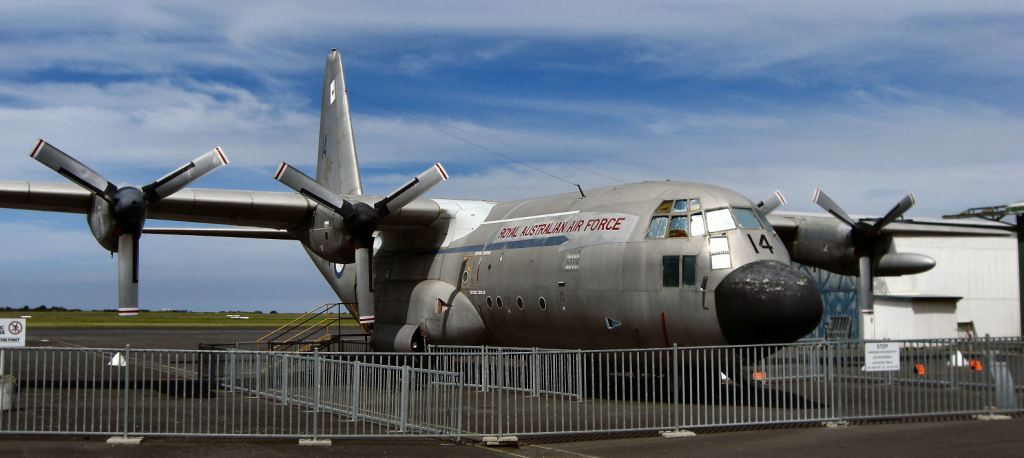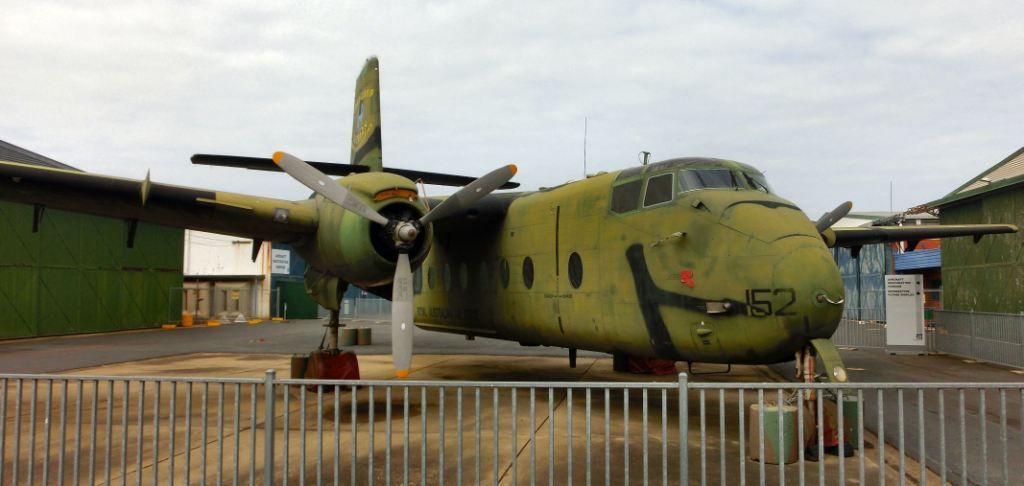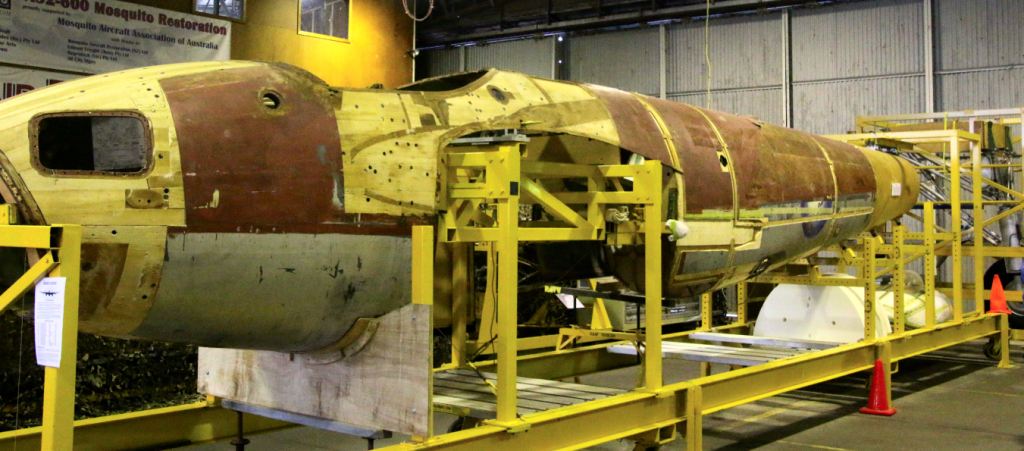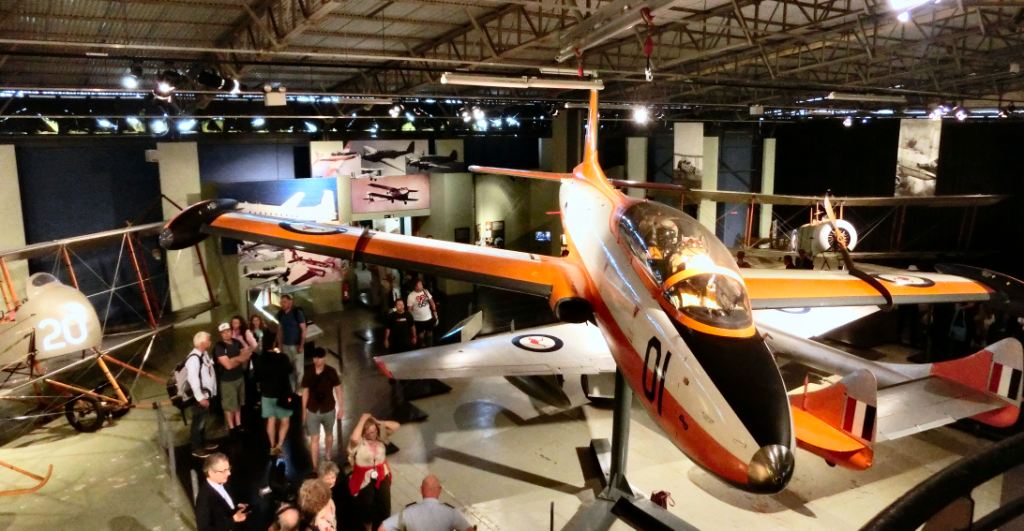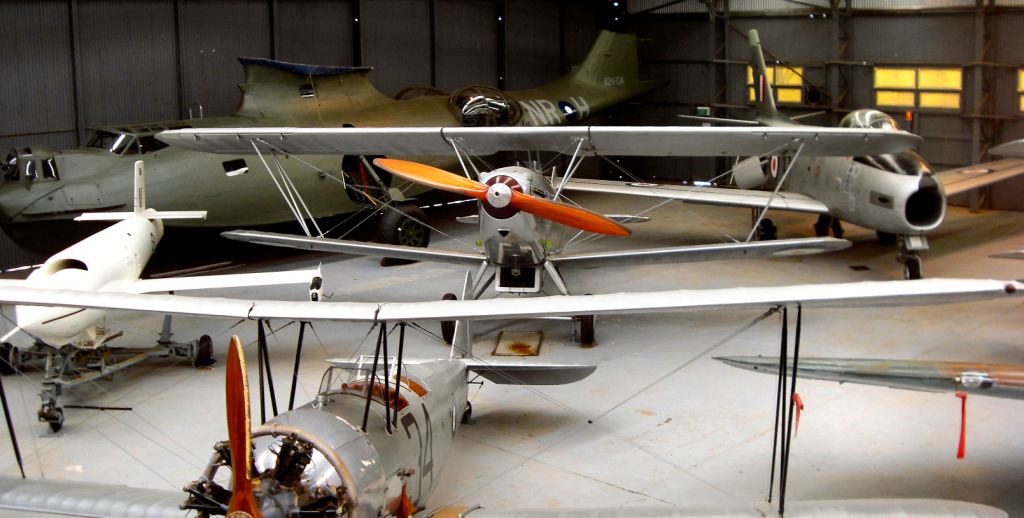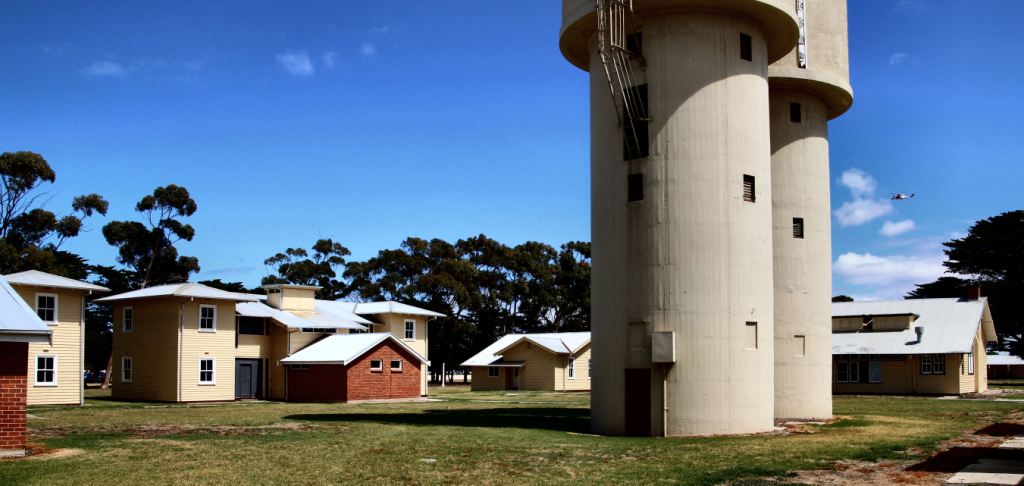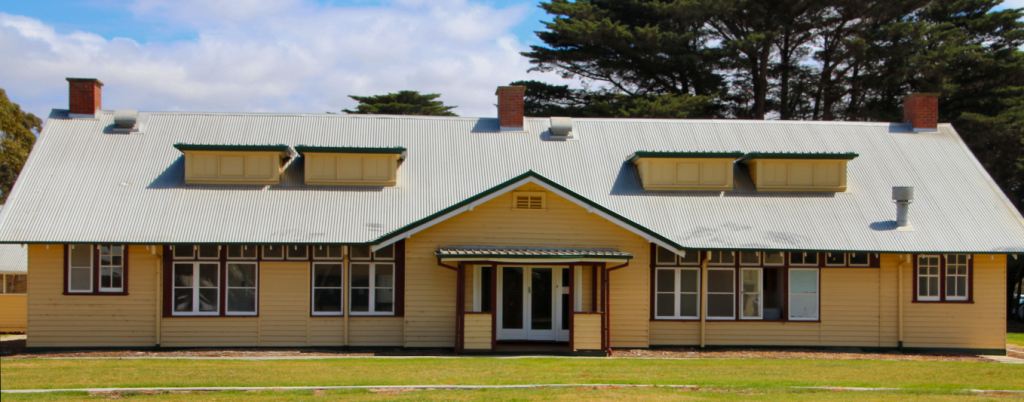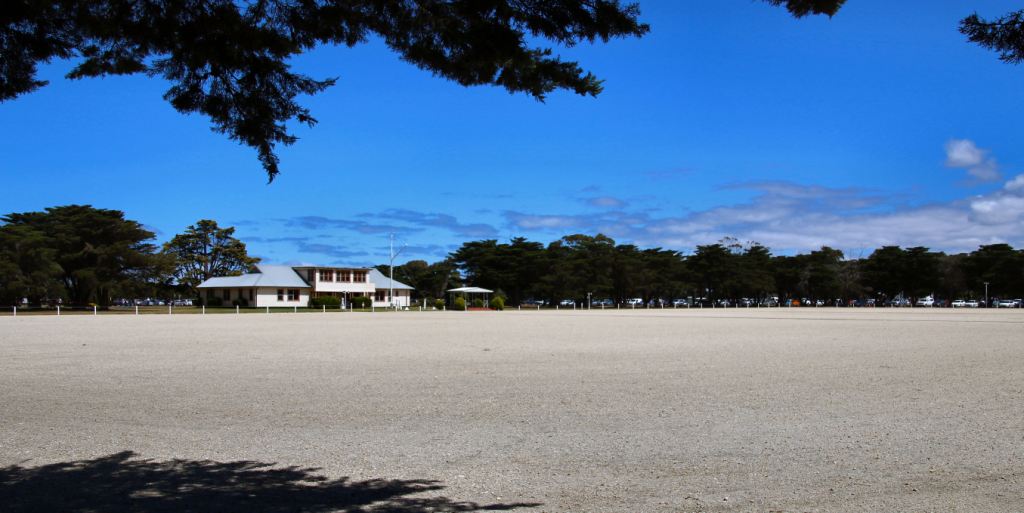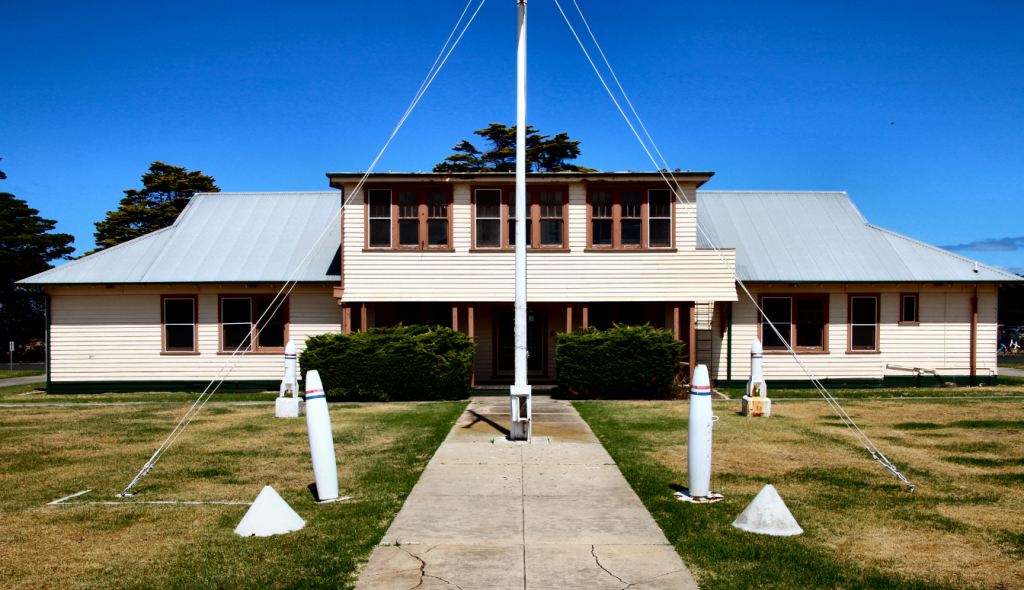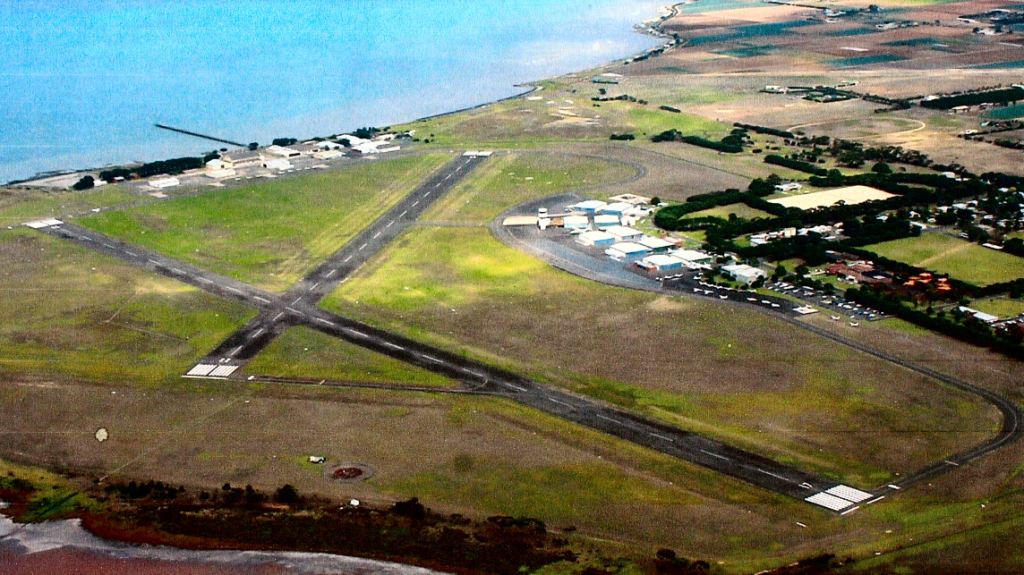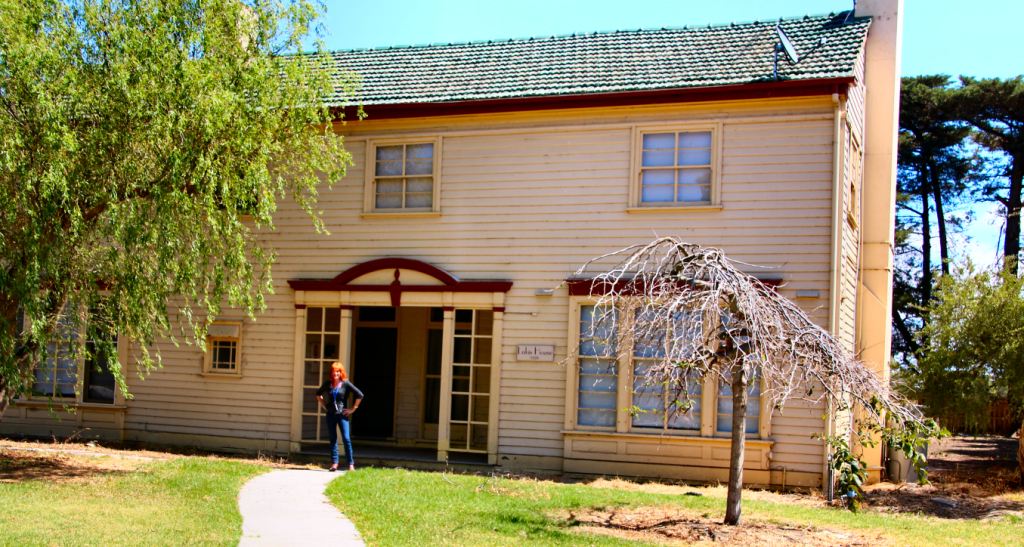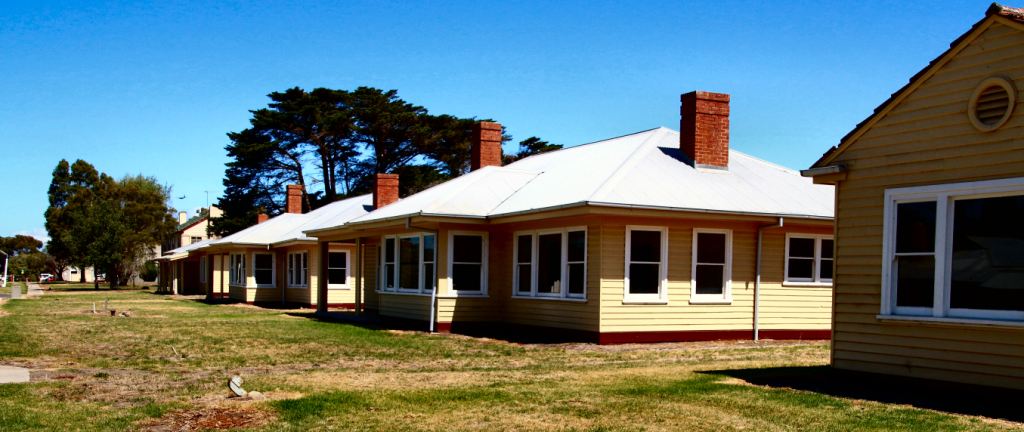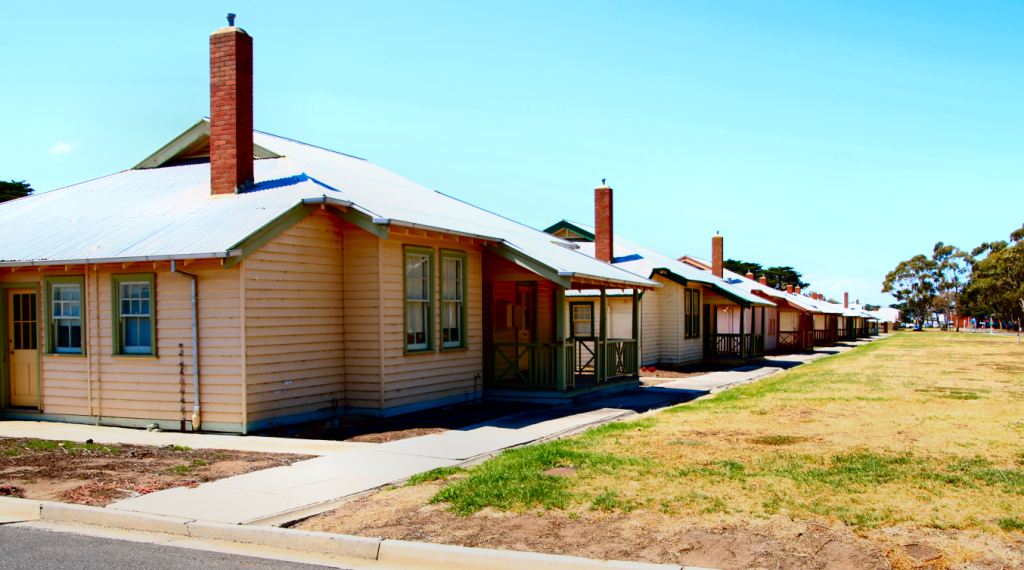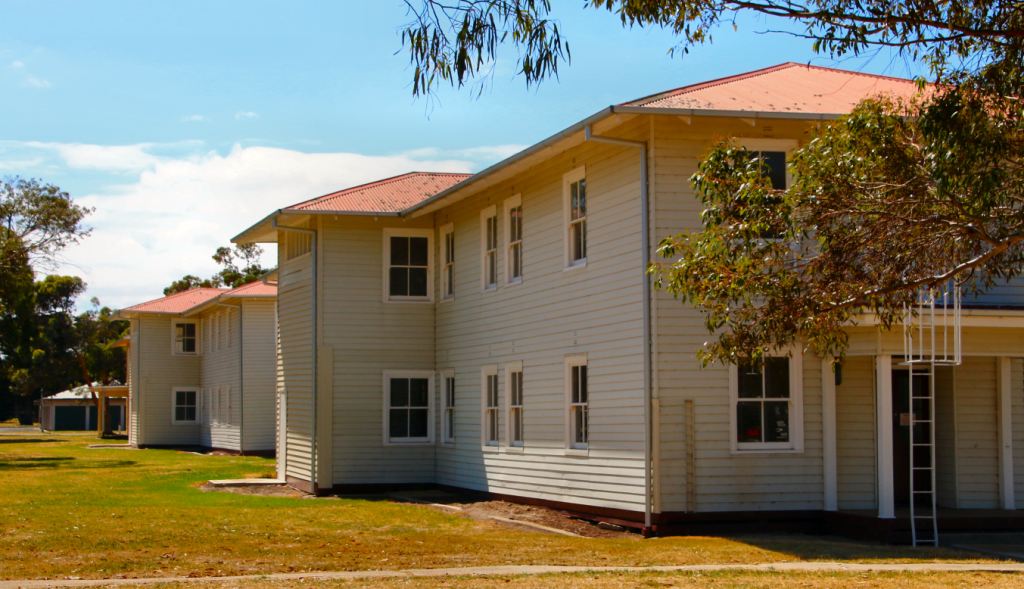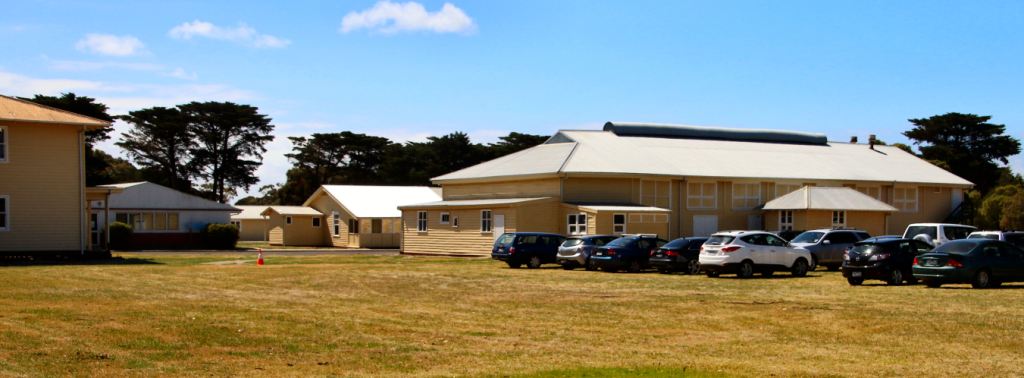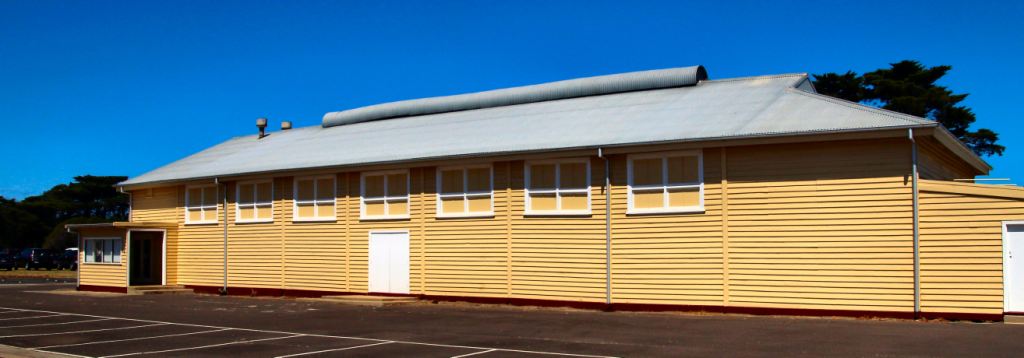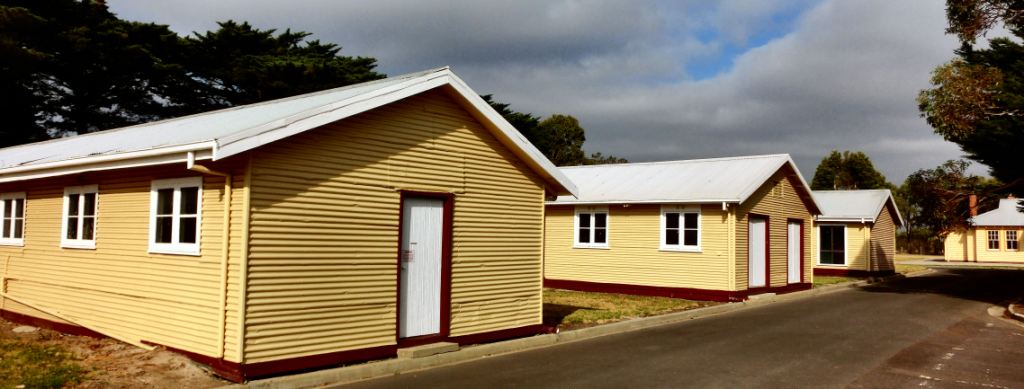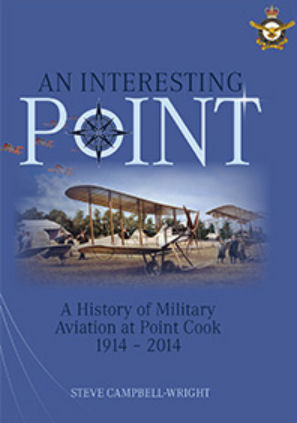|
Radschool Association Magazine - Vol 46 Page 10 |
|
Privacy Policy | Editorial Policy | Profit Policy | Join the Association | List of Members | Contact us | Index | Links |
|
Back Go to page: 1 2 3 4 5 6 7 8 9 10 11 12 13 14 15 16 17 18 19 20 Forward |
|
|
|
Point Cook.
While at Point Cook in March for the Centenary of Military Aviation Air Show, we thought it a good opportunity to have a look around and see what the Base looks like today. Apart from a brief visit in 2011, it has been 48 years since we last saw it so we expected to see quite a few changes.
|
|
|
|
The first thing you notice, when arriving at the front gate, is that things haven’t changed an awful lot over an awful lot of years. The trees might have grown a bit but that’s about the only change anyone coming back after an absence of 40 – 50 years would notice. The road in from Geelong Rd though is a completely different story. What once used to be a lonely narrow bitumen track is now a busy suburban feeder road, delivering people to the hundreds and hundreds of houses, shops, restaurants/cafes, service stations and hotels which have sprung up where cattle, sheep and aerial farms used to live. Melbourne suburbia has certainly taken over.
Point Cook as a Base, the home of the Royal Australian Air Force, was established in March 1913 as the location for the Central Flying School and was in continuous operation as a flying training base from 1914 until 1992. Additionally, Point Cook has also been home to officer training for the RAAF since 1948, as well as housing a wide range of other activities.
Back in 2003, the Federal Government announced that as Point Cook had been assessed as surplus to Defence requirements, it was going to close down the Base completely and sell off most of the land to developers but it did intend to retain the RAAF Museum and an area that had been declared as a RAAF Heritage Precinct. The then CAF Air Marshal Angus Houston assured the men and women of the Air Force that Point Cook, which he described as the Service’s “ancestral home”, would never be forgotten. He said that as the RAAF would continue to own and operate the RAAF Museum and the Heritage Precinct this would ensure there were always tangible reminders of the past.
What was proposed was to keep the airfield, the museum and hangers on the airfield side of Williams Rd, the main road in from the main gate. It was also decided to keep the old Sergeants’ Mess, Sergeants’ accommodation buildings, the Australian Flying Corps memorial, the former Base Squadron headquarters, the flagpole, dais and the parade ground. Many of the old Bellman hangars, the cadets quarters, married quarters, workshops, stores sheds, the seaplane jetty and other historic assets in the areas to be sold would be afforded protection by their inclusion on the Victorian Heritage Register. The airfield would remain as an operating airfield for both civilian use and for RAAF Museum historic flying displays.
That was the plan – and were they in for a shock.
The public, both Civvy and Service weren’t
having a bar of that, protest groups sprang up
Sanity prevailed.
Although the RAAF’s Basic Flying School was closed back in 1992, flying from the airfield continued. The RMIT now provides Flying Training at Point Cook and offers Flight Training programs under their School of Engineering. Students are able to study for a CASA Commercial Pilots Licence plus either Command Instrument Rating (multi-engine) or Flight Instructor Rating (single engine). The 2014 annual program fee for the Associate Degree in Aviation (Professional Pilots) is $59,520 which includes, tuition in practical and theory courses, all landing fees, internal testing officer fees, Air Traffic Navigation Service fees, and both pre-brief and de-brief costs. Very fair we would have thought!! (Building 202).
|
|
|
|
In 2010, a specialist company was commissioned to record monthly aircraft movements at Pt Cook. They kept records for the period May to August and after annualising the data, the Office of Airspace Regulation (OAR) concluded that movement numbers at Point Cook were in the order of 80,000 per annum, (about 220 per day) and were considered by the OAR to be relatively high. For an uncontrolled airport, we would have thought very high!! You can read CASA’s Aeronautical Study of Point Cook (December 2010) HERE.
The future of the airfield seems assured.
The pic below shows how the Base used to look back in 1950. The larger building to the centre left of the photo is now the Base Hospital and it is thought, though not assured, that the buildings around it, which are long gone, were used as accommodation blocks for RAAF Officer Cadets. |
|
|
|
The rectangular light coloured open space at the rear was presumably the Parade Ground. Most of these buildings were eventually demolished to make way for the new RAAF Academy buildings i.e Messing, Accommodation, Science and other Lecture facilities and Chapel.
This is a layout of Point Cook with buildings all numbered. Buildings pictured in the story are numbered and can be referred to the map. Click it for a bigger view.
|
|
Below, the Base Hospital today. (Building 161) |
|
|
|
|
|
Holy Trinity Chapel. (Building 5) |
|
|
|
This building was built to be the RAAF Academy assembly hall and in 1987 it was closed and rededicated. On the 20 June 1987, it became the Holy Trinity Chapel in the presence of the Chief of the Air Staff, Air Marshal Jake Newham, and his designated successor Air Marshal Ray Funnell. The multi-denominational chapel filled the former assembly hall of the RAAF Academy (which had reverted to RAAF College following the opening of the Australian Defence Force Academy) and was expected to have a similar role and status as St Clement Danes Church in London for the Royal Air Force, including becoming the dedicated place for the laying up of Queen’s Colours, banners and standards.
Science Block. (Building 6) |
|
|
|
Just to the left of the Chapel above is what used to be the Academy Science block. This building was designed by the Melbourne University. It is a multipurpose building built to tertiary academic standards with a tiered Lecture Theatre and a series of Science laboratories all under the same roof.
21 Sqn HQ. (Building 8) |
|
|
|
|
|
Two elderly gentlemen from a retirement center were sitting on a bench under a tree when one turns to the other and says: 'Slim, I'm 83 years old now and I'm just full of aches and pains. I know you're about my age. How do you feel?' Slim says, 'I feel just like a newborn baby.' 'Really!? Like a newborn baby!?' 'Yep. No hair, no teeth, and I think I just wet my pants.' |
|
|
|
Further around to the left, from the science block above, is the 21 Sqn Head Quarters. As an element of the Citizen Air Force, No 21 Squadron formed at Laverton in April 1936 and was an active flying squadron during WW2. In 1960, it ceased active operations as a flying squadron, but continued as a reserve squadron at Laverton providing Reserve support for the Melbourne region. With the Combat Support Group review of July 2010, No 21 (City of Melbourne) Squadron took on responsibility for Base Management and Combat Support functions, with elements operating from the Point Cook and Laverton Bases at RAAF Williams.
The old Civvy Squadrons, as we used to know them have taken on the role of the Base Squadrons of old.
Officers’ Mess. (Building 33) |
|
|
|
Built in 1938, this great old building would have played host to some very influential people and over the years would have witnessed some very amusing events. It could no doubt tell some interesting and you can bet incriminating stories, but unfortunately its glory days are behind it. With the wind down in activates on the base, it has been allowed to slip into a state of despondency.
However, it recently had a new lease on life. Point Cook played host to the Centenary of Aviation Air-show in March 2014 and the doors to the old Mess were thrown open and for a few days there was food and drink and much merriment resonating inside the old girl, though this time it had become an all-ranks mess for those participating in the show. You can just imagine some of the old moustachioed residents from yesteryear harrumphing and tutt tutting at the thought of ordinary persons gracing its walls.
The rear of the Officers’ Mess.
|
|
|
|
Below - The Officers’ Mess dining room.
|
|
|
|
The Officers’ Mess bar area. If only these walls could talk!!!
|
|
|
|
The Ante-Room, with the billiard room through the door at the back. Doors on the left lead to the lawn area at the rear of the Mess while the bar is reached through an opening further down on the right.
|
|
|
|
The laundry building at the rear of the Mess (Building 297) looks like it hasn’t changed much over the years, the washing machines probably have been updated but the lovely green tiles, the plumbing and dryers all look original.
|
|
|
|
|
|
|
|
Julie Stewart, who was Julie Brown when she was on 224 WRAAF rookies course in 1974, then 60 Tprinops at Radschool, spent some time at Laverton and Point Cook and knew the place a lot better than we did.
She agreed to show us around for which we are grateful.
New Officer Quarters. (Buildings 340, 341, 347, 348)
|
|
|
|
These buildings have been built at the rear of the old Mess but because of the run down in activities on the base, are now hardly used. The rooms, of which there are 4 to a floor, (3 floors) are quite comfortable. A centre hallway leads left and right to 2 rooms which are then connected by a shared toilet/shower area.
|
|
|
|
This pic shows the central hallway and looks into the mirrored room on the other side. Rooms are well appointed with plenty of cupboard space, individual heaters, cooling fans, shaving area and a generous work bench.
The photo below looks through the shared toilet/shower area into the other room on that side of the hallway. These buildings also have their own laundry on the ground floor.
|
|
|
|
|
|
We found the sign on the door (right) to the male toilet block in the Officers’ Mess amusing, certainly shows the age of the building, very quaint we thought.
Further up Williams Road, and on the airstrip side, is the RAAF Museum. A visit here should be on everyone’s bucket list. If you have never been and you’re in Melbourne you should.
The Museum is a credit to Dave Gardner (left) who has run it for
years. It’s open on
It is closed on Mondays.
Admission is free and you can easily spend half a day looking at all the exhibits. All you need to get onto the Base is a photo ID which you present at the Guard Room, they give you a pass and you’re in.
Some of the aircraft on display, which you can touch, get into and become all nostalgic and teary include:
C130A Herc.
|
|
|
|
Bristol Freighter Mk 21E. |
|
|
|
|
|
DH-4 Caribou. |
|
|
|
|
|
The Museum is hosting the rebuilding of a Mosquito aircraft.
|
|
|
|
The de Havilland DH 98 Mosquito (the “Mossie”) was perhaps the greatest all-round combat aircraft of World War II. It was originally designed as a fast, unarmed, light bomber, however, when flying tests commenced on 25th November 1940, this "wooden wonder" became the world's fastest operational aircraft with a top speed of almost 400 mph. It also out-manoeuvred most fighters and could carry out upward rolls from ground level with one engine feathered. With such an outstanding potential, the Mosquito was developed to carry out practically every offensive task. Altogether, 7,781 Mosquitoes were built and were operated by the RAF, Royal Navy (Sea Mosquito), Royal Canadian Air Force, United States Army Air Force, and the RAAF which had 209.
Part of the huge interior display.
|
|
|
|
|
|
|
|
|
|
A man was telling his neighbor, 'I just bought a new hearing aid. It cost me four thousand dollars, but it's state of the art.. It's perfect.' 'Really,' answered the neighbor. 'What kind is it?' 'Twelve thirty..' |
|
After successfully building and flying the Bristol Box-kite, the Museum has now set itself the task of obtaining a replica Spitfire and then mounting it on a “pole” outside the Museum. You can help, see HERE.
Further up Williams Road, and this time on the “right-hand side” of the road, is a section of the Base that dates back to 1918. This group of buildings (Buildings 18, 20, 21, 23, 24, 27 & 32) which is built around the highly visible twin water towers, were designed as facilities for Officers and Building 18 was the first separate mess building for RAAF Officers in Australia.
|
|
|
|
The water tanks, which were built in 1923, are no longer used.
|
|
|
|
Building 18, above, was originally the Officers Mess but some years later, when the current Officers’ Mess was built, this section was handed over to the senior NCO’s and the Mess became the Sergeants’ Mess.
Further down Cole St is more of the classified group of buildings. On the left is the Parade ground, which was built in 1930, and overlooking it is the original Head Quarters building (building 87) which was built in 1929.
|
|
|
|
The Head Quarters building (below) was initially the focal point of the infant Base. Since it was built it has had a number of uses including:
1929 Headquarters No 1 Flying Training School 1940 Headquarters No 1 Service Flying Training School 1941 Headquarters RAAF Station Point Cook. 1950 Headquarters Training Group Point Cook. 1952 Headquarters RAAF Point Cook. 1968 Headquarters Base Squadron Point Cook. 1993 Headquarters Air Training Corp.
|
|
|
|
The cream coloured parade ground can be seen in the pic below. The group of buildings out on the water, including the seaplane jetty, are also on the National Trust Heritage register. Most of these buildings were commenced in 1914 and work continued until 1937.
|
|
|
|
Unfortunately, you can’t get out there anymore, there is a large wire fence and gate stopping unauthorised traffic from using the road, probably a good thing as trainees using runway 04 could do without having to avoid a bunch of cars when on short finals.
The Seaplane precinct.
|
|
|
|
|
|
Three old guys are out walking. First one says, 'Windy, isn't it?' Second one says, 'No, it's Thursday!' Third one says, 'So am I. Let's go get a beer..' |
|
OC’s House.
|
|
|
|
The old OC’s house, (with Julie Stewart), which is on Dalziel Rd, dates from 1937-38. It is weatherboard and the only two storey weatherboard individual house built at the base.
To the right of the OC’s residence, on Dalziel Rd, are some of the old on-base Married Quarters. (Buildings 523, 524, 525). You can see the old OC's home through the trees on the left of the pic.
|
|
|
|
These building, and those across the road (below) (Buildings 516 – 522) were built sometime between 1929 and 1939.
|
|
|
|
Further down Dalziel Rd are two of the original Airmans’ Quarters (below) (Buildings 41 and 42). These buildings were used between 1928 and 1939 and were used to house Airman living on the Base, then some time later they became home for the WRAAF’s.
|
|
|
|
This is where we need your help!
|
|
|
|
The building above is the old Cinema but we are not sure what the two following are or were. In the pic above, the part building we can see on the left is the back of the old Airman’s quarters.
Melvyn McKenzie-Murray, who was on 38 Pilots Course back in 1960, sent us a map of Point Cook (see HERE) which was issued to him back then, he says: "According to my map of Pt Cook issued on arrival in Jan 1960 to commence training on No. 38 Pilots' Course, the first building beyond the cinema would be the Barracks Store, just over Culley St. (Bitumen of Culley St. just visible near the red cone above). The building just visible on the left would be Bldg No. 46 (Airman's accomm.) In the picture below, the long bldg with the windows blocked is the cinema from the other side. In the first pic of the cinema the only bldg beyond the Barrack Store that would be visible is the Chapel on Merz Rd. We lived in Bldg.44 opposite the oval on Ross Smith Rd. (marked 11 on my map).
|
|
|
|
|
|
If you can ID these two pics please get in touch with us and let us know so we can clean up this story. These two buildings below are in the vicinity of the old Airman’s/WRAAF quarters so probably have something to do with messing, socialising and/or entertainment , etc. |
|
|
|
|
|
|
|
This book is sure to be a collector’s item and sit on the coffee tables of collectors for years to come. It was written by Squadron Leader Steve Campbell-Wright who was a long term resident of Point Cook.
Well worth a read.
You can get a copy from HERE.
|
|
The sole purpose of a child's middle name is so he/she can tell when he/she's really in trouble.. |
|
|
|
Back Go to page: 1 2 3 4 5 6 7 8 9 10 11 12 13 14 15 16 17 18 19 20 Forward |
|
|
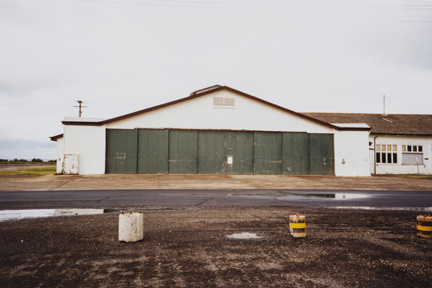 everywhere (click
everywhere (click
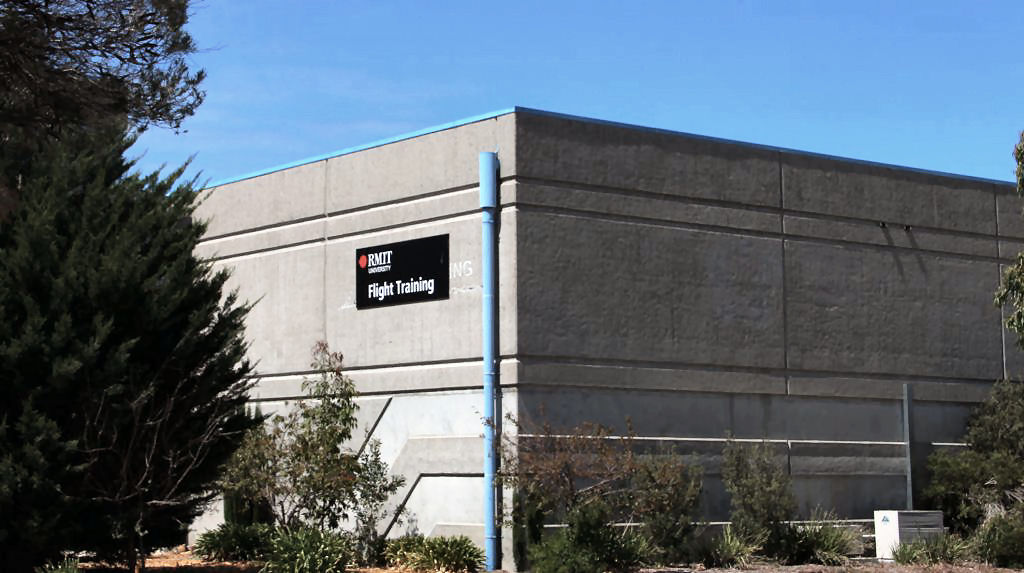
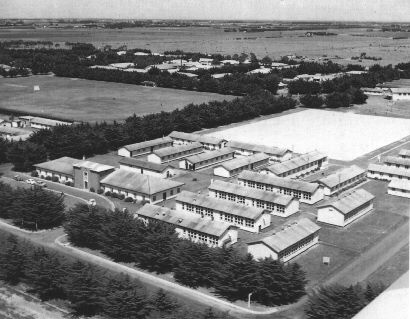

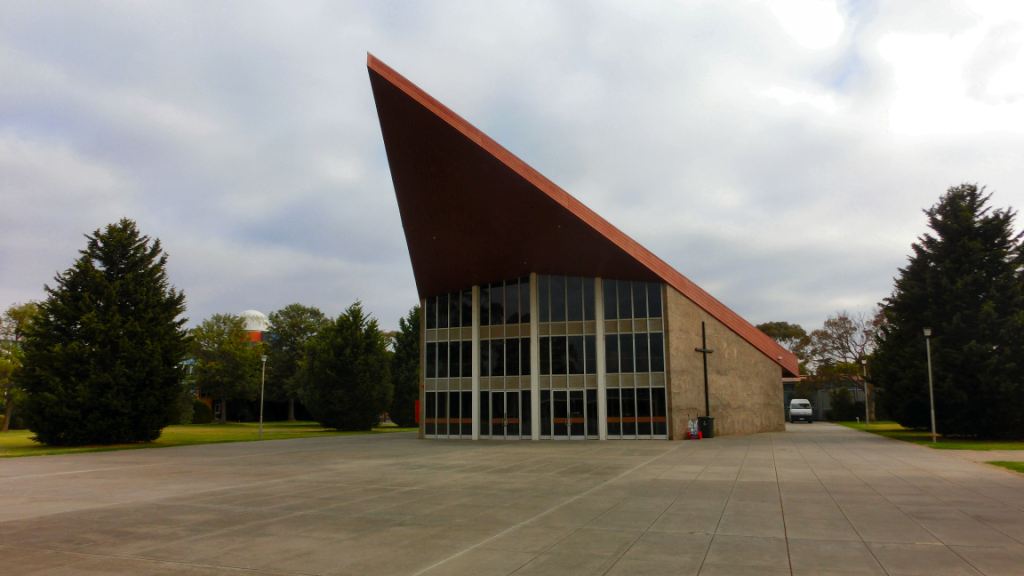

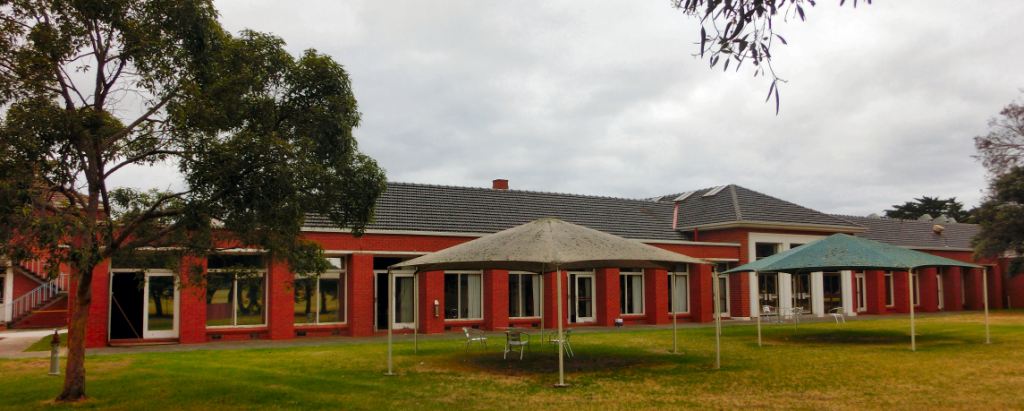
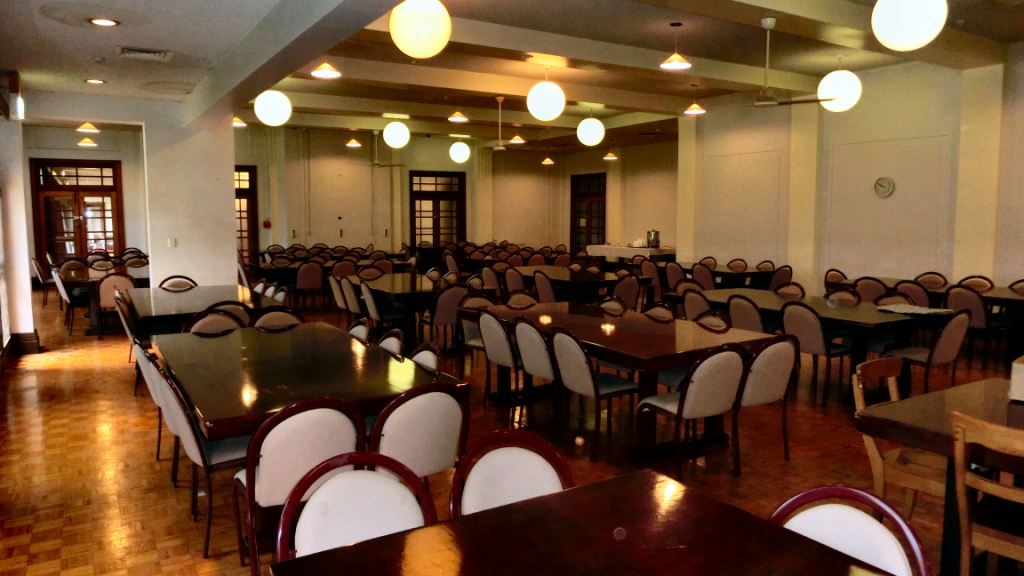
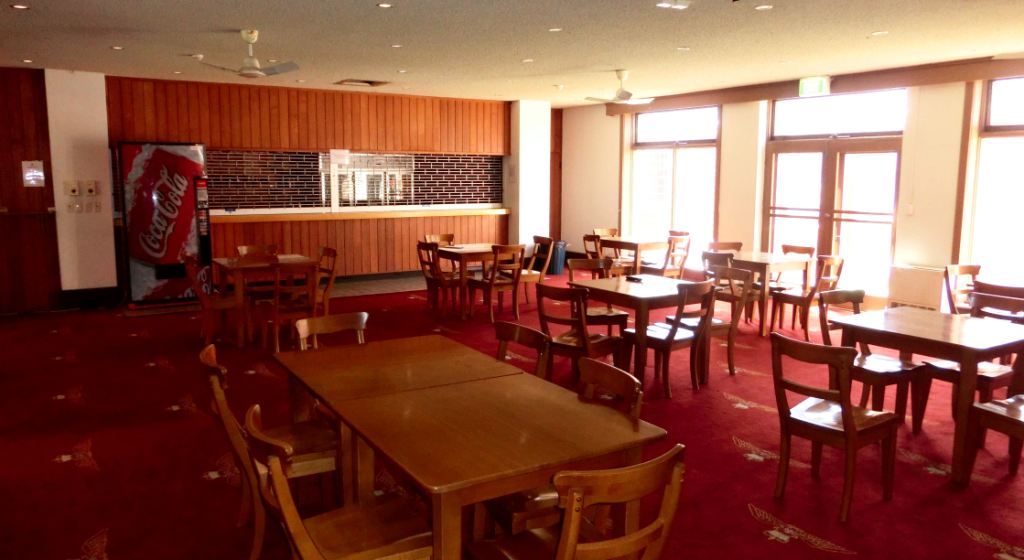
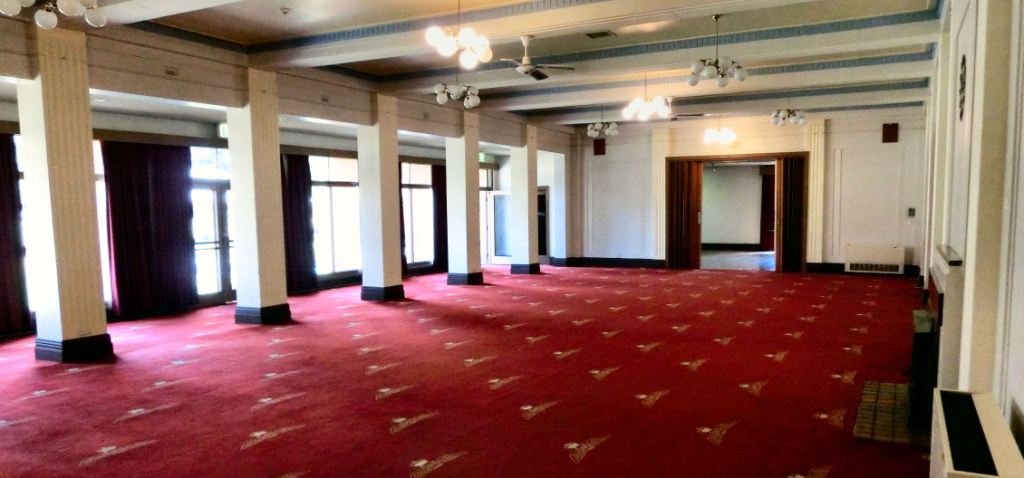
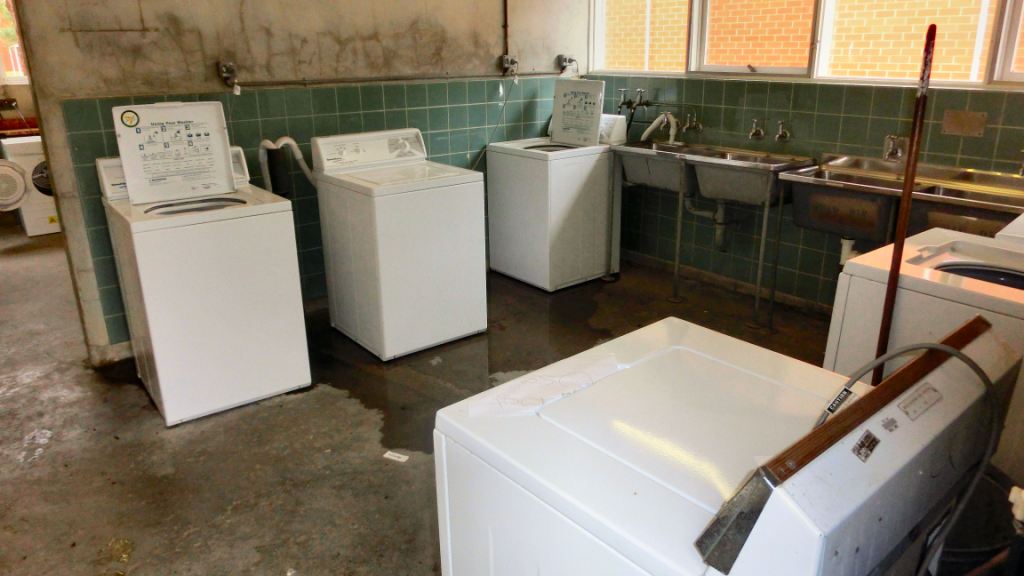
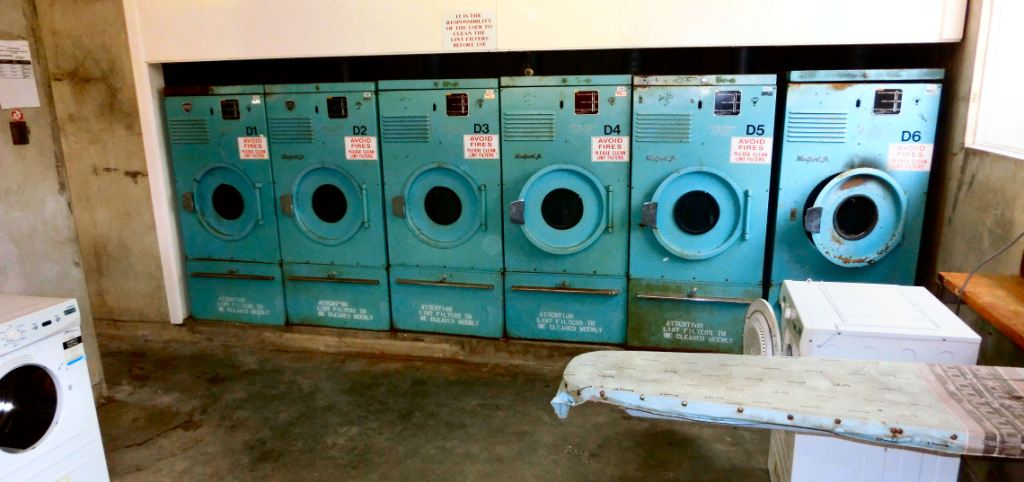

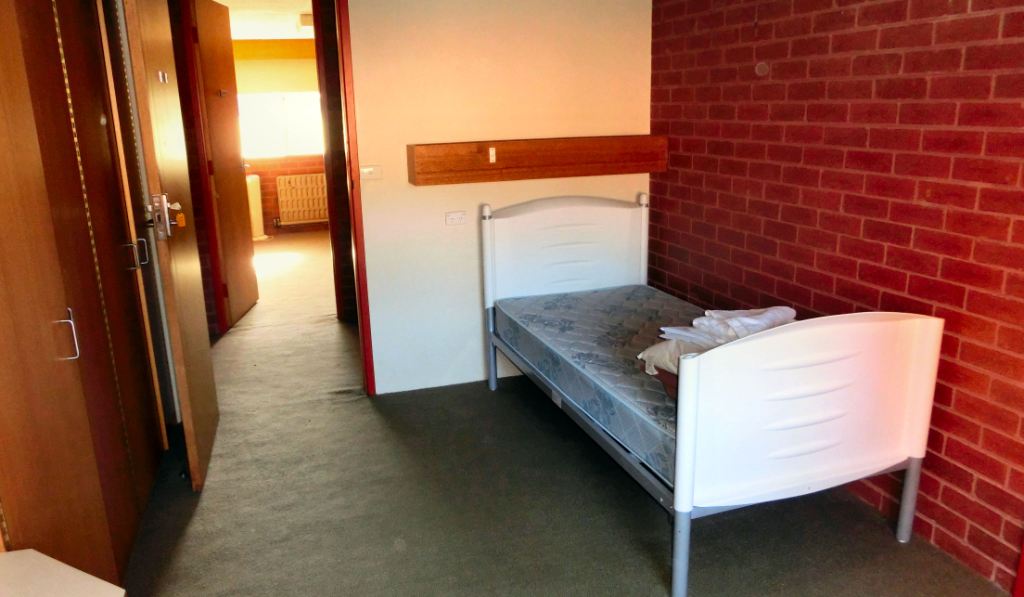
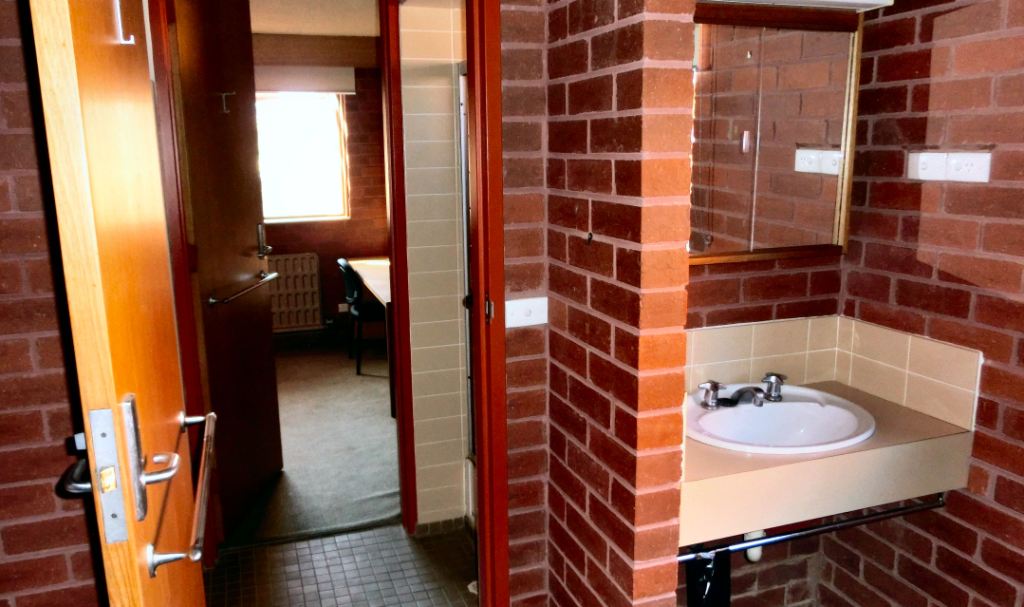
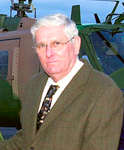 Saturdays
and Sundays from 10.00am to 5.00pm, then from Tuesday to Friday from
10.00am to 3.00pm.
Saturdays
and Sundays from 10.00am to 5.00pm, then from Tuesday to Friday from
10.00am to 3.00pm.